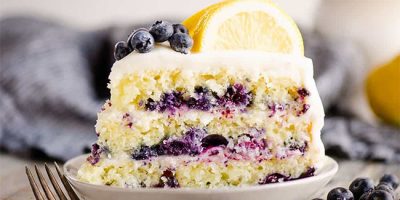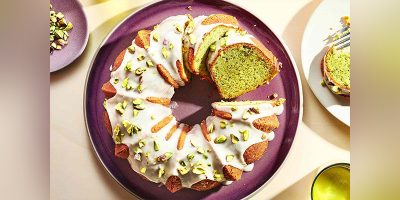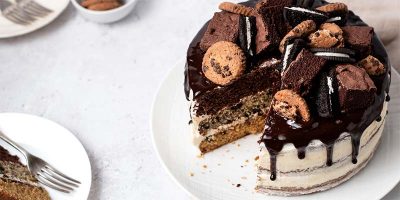When it comes to baking, few things are as universally loved as a perfectly moist and delicious cake. The magic of baking a cake lies not just in the artistry of the baker but also in the science that happens inside the oven. Yes, you read that right – cake baking is a delightful fusion of art and science. In this article, we’ll dive into the fascinating world of cake chemistry to unravel the secrets behind baking the perfect cake.
The Flour Power
At the heart of any cake recipe is flour, which is one of the most essential cake ingredients. Flour provides the structure and texture of the cake. But not all flours are created equal. Cake flour, for instance, is finely milled and contains less protein than all-purpose flour. This lower protein content means less gluten formation, resulting in a tender cake crumb. The science here is simple: less protein equals a softer cake.
The Role of Leavening Agents
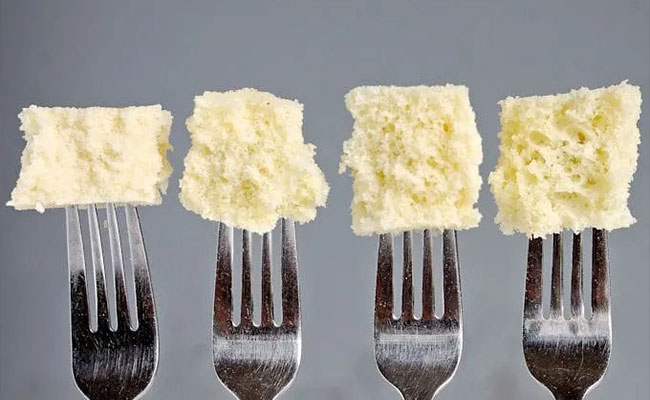

Baking powder and baking soda are the unsung heroes of cake chemistry. They are responsible for creating the airy, fluffy texture we associate with a great cake. Baking powder is a combination of an acid and a base that, when mixed with liquid and exposed to heat, produces carbon dioxide gas. This gas gets trapped in the cake batter, causing it to rise and giving the cake its lovely height and texture.
Fats for Moisture and Flavor
Fats, such as butter or oil, are key players in cake chemistry. They provide moisture to the cake and carry flavor. When fats are creamed with sugar during the mixing process, they incorporate air into the batter, creating a lighter, fluffier texture. The fats also coat the flour particles, inhibiting gluten formation and resulting in a tender crumb.
The Sweet Symphony of Sugars
Sugar does more than just sweeten your cake; it also plays a vital role in texture and structure. When sugar dissolves in liquid, it helps retain moisture in the cake. It also weakens gluten formation, contributing to a tender crumb. In addition, sugar caramelizes during baking, creating that golden-brown crust and adding a depth of flavor.
Eggs: The Binding Agent
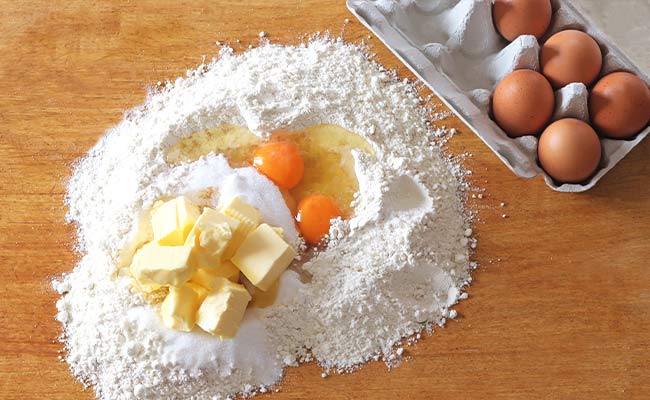

Eggs are the glue that holds everything together in a cake. They provide structure, moisture, and act as emulsifiers, helping fats and liquids combine smoothly. Egg proteins coagulate during baking, setting the cake’s structure, while the yolks add richness and flavor. You can bake rich and fluffy anniversary cakes with ingredients like eggs.
Liquid Magic
Liquid ingredients, like milk or buttermilk, contribute to the cake’s moisture and texture. They also help dissolve dry ingredients and activate leavening agents. Buttermilk, in particular, adds a pleasant tanginess and reacts with baking soda to produce extra carbon dioxide, resulting in a lighter cake.
The Flavor Extravaganza
Flavorings such as vanilla extract, cocoa powder, or lemon zest are the icing on the cake, so to speak. These aromatic additions create the delightful flavors we associate with different cake varieties. Vanilla, for instance, contains hundreds of aromatic compounds that work together to give your cake a warm, inviting flavor.
Mixing Matters
The way you mix your cake batter can significantly affect its final outcome. Overmixing can lead to excessive gluten formation, resulting in a tough and rubbery cake. On the other hand, undermixing can lead to uneven distribution of ingredients and poor texture. The goal is to mix until just combined, ensuring that all ingredients are well incorporated without overworking the batter. Appreciating the significance of the ingredients to make a cake allows bakers to craft not just cakes but delectable works of art.
Temperature Precision
Temperature is another critical aspect of cake baking. Preheating your oven and maintaining the correct temperature throughout the baking process is essential. A too-hot oven can cause the cake to rise too quickly, resulting in a cracked top, while a too-cool oven can lead to a sunken cake.
The Toothpick Test
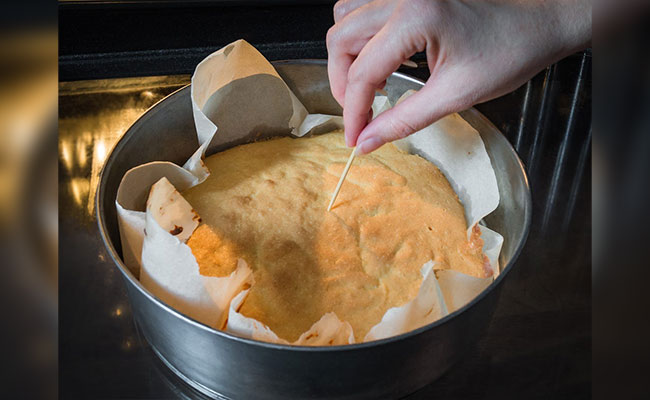

A common method for checking cake doneness is the toothpick test. Insert a toothpick into the center of the cake; if it comes out clean or with a few moist crumbs, your cake is ready. This test ensures that the cake is fully baked without overcooking. The precise balance of cake recipe ingredients can make all the difference in achieving that ideal cake texture.
The Cooling Phase
Once your cake is out of the oven, don’t rush the cooling process. Let it cool in the pan for a few minutes, then transfer it to a wire rack to cool completely. This gradual cooling helps the cake settle and retain its moisture.
Frosting and Decoration
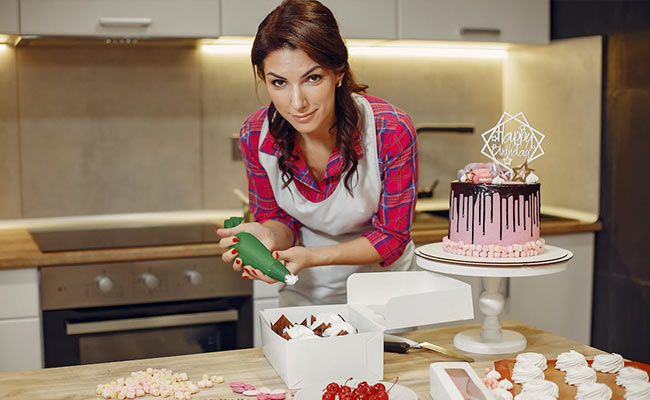

Finally, the icing on the cake, quite literally, is the frosting and decoration. Choose your frosting wisely – buttercream, cream cheese, ganache – based on the flavor and texture you desire for birthday cakes and other occasions. Decorating your cake is where the true artistry comes in, allowing you to express your creativity.
In conclusion, baking the perfect cake is a beautiful blend of culinary artistry and scientific understanding. Each ingredient and step in the process plays a crucial role in determining the outcome. By grasping the basics of cake chemistry, you can embark on a delightful journey of creating cakes that not only look stunning but also taste heavenly. So, the next time you indulge in a delectable slice of cake, you’ll have a deeper appreciation for the science that went into making it so irresistibly delicious. As you explore the science and art of cake baking, remember that in today’s digital age, you can effortlessly order cake online to celebrate your newfound expertise and share the joy of delicious cakes with others. Happy baking!


